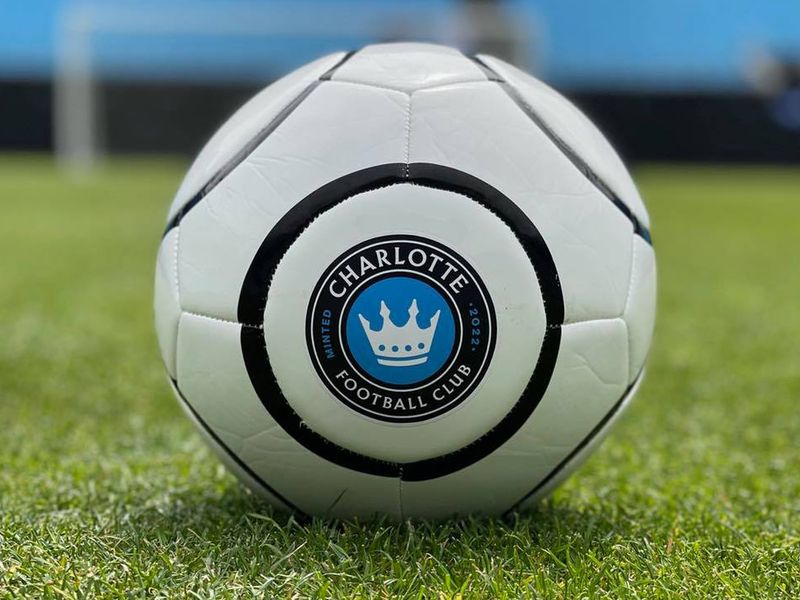In football (or football, as it’s commonly described in the United States), there are a number of placements, and also most of them are liquid. Like many team sports, there are 2 breakdowns: crime and also defense. Unlike a lot of sporting activities, offending as well as protective positions are additionally fluid. There are no details times or areas within the game that each division is used. So, making use of these settings is additionally fluid, and also they are all definitely about each other.
The variety of players is absolutely depending on the age as well as innovation of the players. Despite the number of players there are, nonetheless, there is always a goalie, which is the last protection versus the opposing group. After that, depending on the number of gamers, there are anywhere from 2 to 4 “Fullbacks”. These players stay in the 3rd of the field near the goalkeeper, securing him and also the goal from the opposing group. The following line of defense is the “Midfielder”, of which there are 2 to 4. In a larger, a lot more seasoned team, there can be “Defensive Midfielders” or “Offensive Midfielders”.
This is absolutely based on where in the 2nd third the player lies. If the player is located better to the Fullbacks, he or she ends up being a “Protective Midfielder”. If the player is located more detailed to the “Onward”, she or he is an “Offensive Midfielder”. Certainly, the next position is the “Forward”. This player is the one that makes most of the objectives, as well as is the most offending player.

No, no because method! She or he plays in the third closest to the opposing goal. Some teams likewise have a “Sweeper”, that plays behind the “Fullbacks”, as well as a “Stopper”, who plays between the “Fullbacks” and also the “Midfielders”. All these gamers do is include even more layers of protection, especially to the center of the area. These placements are not found in every group.
Each setting has its own collection of regulations. It is difficult to speak about these guidelines, however, without an understanding of the field.
The field itself is 100 backyards long and also 60 lawns large. It is split in the very center lengthwise by the midfield line. There is a 10 lawn circle, called the “center circle”. At the start of a kickoff, the defending group should stay beyond this circle. The charge box is a rectangular box fixated the objective marks. It is 44 backyards by 18 yards, and it consists of an arc 10 lawns from the “fine mark”. If a foul is dedicated around, there might be a penalty kick. The charge mark inside the charge box is 12 backyards from completion line.
The objective location is a 20 backyards by 6 backyards rectangular box inside the charge area, fixated the goal. For a goal kick to matter, it must be positioned from this area. The edge kick is a one backyard quarter circle placed at each edge, and a player must position the round here prior to an edge kick. The objective itself is 24 feet by 8 feet. Now that we have a fundamental understanding of the area, we can currently look at the policies for every setting.
The goalie can leave the objective area, once the goalkeeper is outside of the charge box, he or she can no more utilize his or her hands. They normally attempt to remain near to the goal. In almost every instance, the goalkeeper is the just one who can utilize his/her hands.
Please visit FC Business to discover more about the basics of football.





